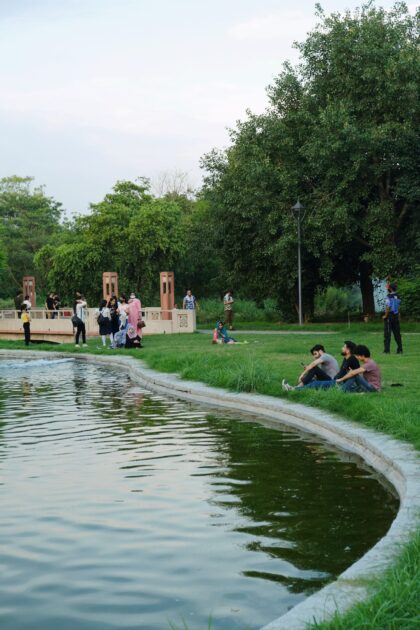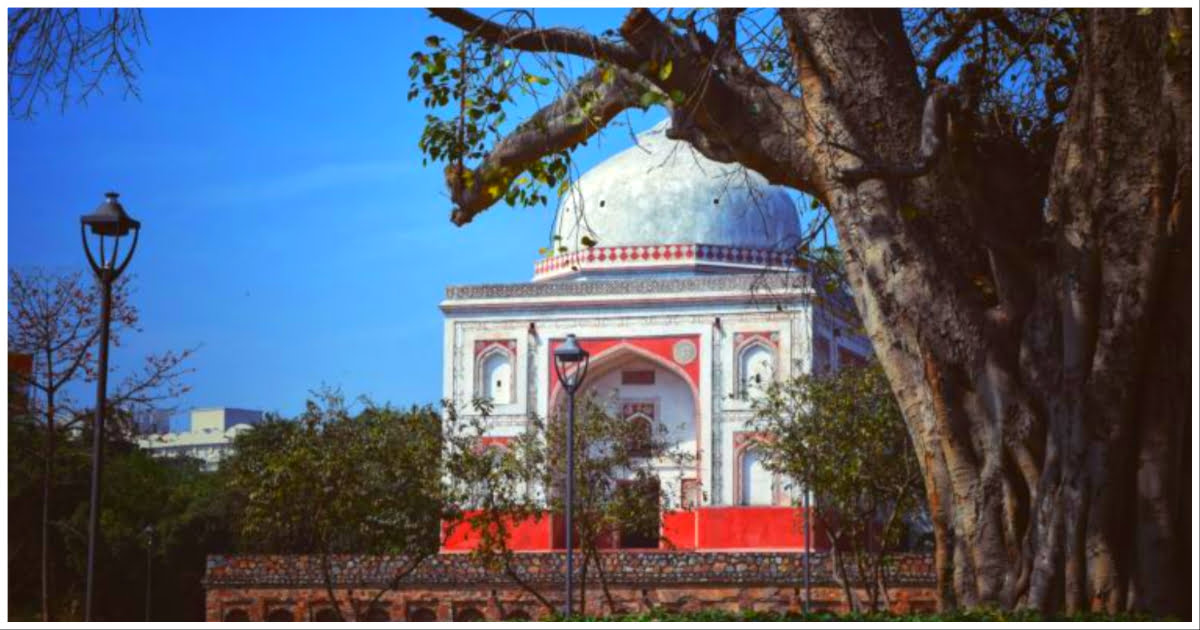Sunder Nursery, located in the heart of Delhi, is a hidden gem that has been transformed into a stunning oasis. The nursery, which covers over 90 acres, has a rich history and cultural significance. With its recent redevelopment and beautification efforts, it has become a popular tourist destination and a beloved public space for the people of Delhi.
The history of Sunder Nursery dates back to the 16th century when it was established by the Mughal emperor Babur. The nursery was originally used for cultivating plants and trees for his personal gardens. Over the years, the nursery expanded, and different Mughal emperors added their own touches, including fountains, water channels, and pavilions. In the 19th century, the British took over the nursery and used it for their own purposes.
After India gained independence, the nursery fell into disrepair and was used as a dumping ground for construction debris. However, in recent years, the nursery has undergone a massive transformation. The Aga Khan Trust for Culture (AKTC) partnered with the Central Public Works Department (CPWD) to restore and develop the site, and the Sunder Nursery Conservation Project was launched in 2007.

The first step in the redevelopment process was to clear the debris and restore the historic structures that had been neglected for decades. This included the restoration of the Mughal-era tombs, pavilions, and water features. The AKTC also collaborated with horticulturists and landscape architects to develop a sustainable and diverse collection of plants and trees, with a focus on native and endangered species.
Sunder Nursery: Features and significance
One of the most significant features of the redevelopment project was the creation of a biodiversity park. The park, which covers over 20 acres, features seven different habitats, including wetlands, grasslands, and woodlands. The park provides a natural habitat for a variety of wildlife, including birds, butterflies, and small mammals. The AKTC also established a plant propagation unit to produce plants and trees for the nursery.
It has has a vast collection of trees, shrubs, and flowers, including many rare and exotic species. Some of the most notable plants include the Indian gooseberry tree, the Persian lilac, the maulsari tree, and the red silk cotton tree.
Sunder Nursery is not only a beautiful garden but also a significant cultural landmark. The nursery is home to several historical monuments and structures, including the Sunderwala Mahal, which was built in the 16th century by Emperor Sher Shah Suri. The nursery also contains several tombs and mosques, which date back to the Mughal era.

In addition to its historical significance, Sunder Nursery has also become an important center for cultural events and activities. The AKTC has organized a range of cultural programs, including concerts, dance performances, and art exhibitions, which attract visitors from all over Delhi and beyond.
One of the most significant events hosted at Sunder Nursery is the annual Delhi Nursery Festival, which celebrates the city’s horticultural heritage. The festival features a range of activities, including plant sales, horticultural workshops, and guided tours of the garden. It is a popular event among gardening enthusiasts, students, and families.
Overall, Sunder Nursery is a beautiful and historically significant garden and nursery that has been revived through a comprehensive redevelopment project. The garden is a symbol of Delhi’s cultural heritage and an important center for horticultural education and events. The AKTC’s efforts to restore and beautify the nursery have been incredibly successful, and today, Sunder Nursery is one of the most popular tourist destinations in the city.
Whether you are a gardening enthusiast, a history buff, or simply looking for a beautiful place to relax and unwind, Sunder Nursery is well worth a visit.




